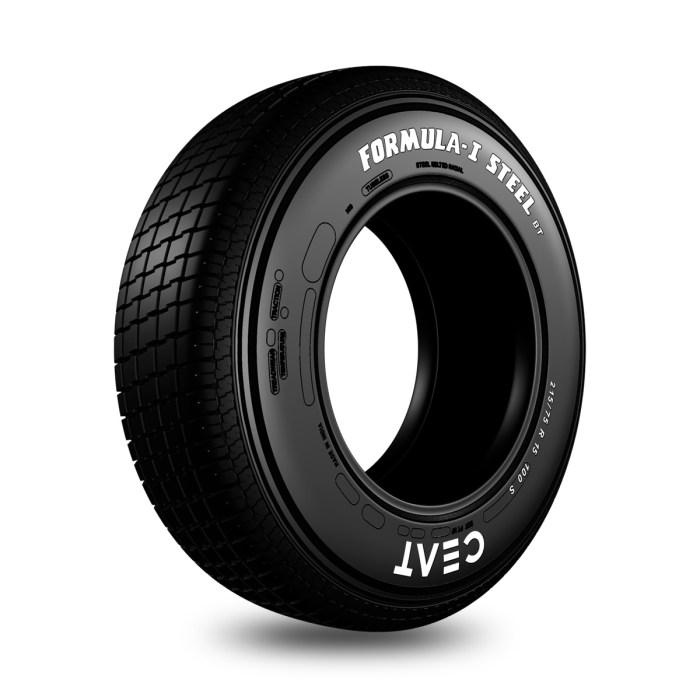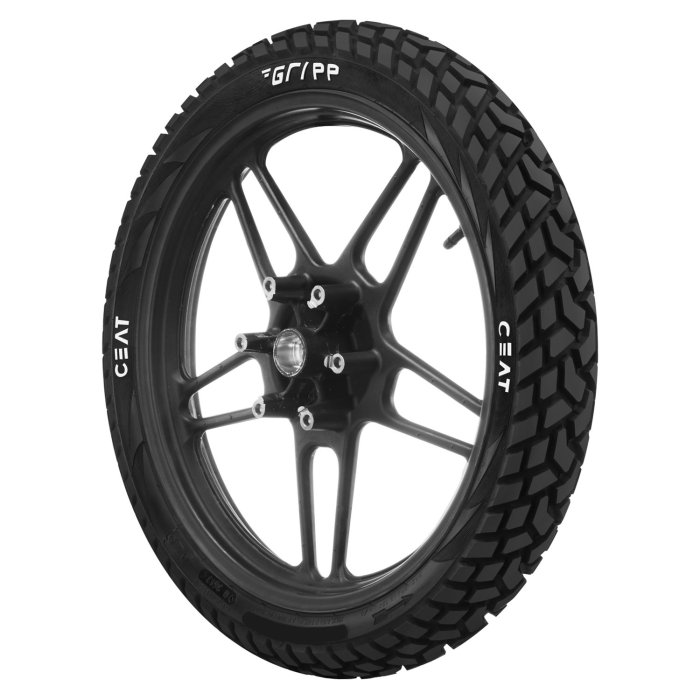Ceat Tyres Stock Price Analysis

Source: tyremarket.com
Ceat tyres stock price – This analysis delves into the various factors influencing Ceat Tyres’ stock price, providing insights into its historical performance, financial health, and future prospects. We will examine the company’s business model, market position, and key financial metrics to offer a comprehensive understanding of its investment potential.
Ceat Tyres Company Overview
Ceat Tyres is a prominent player in the Indian tire industry, known for its diverse range of tires catering to various segments. Its business model centers around manufacturing and distributing a wide portfolio of tires for two-wheelers, passenger cars, commercial vehicles, and industrial applications. The company holds a significant market share in India and is actively expanding its global presence.
Tracking the CEAT Tyres stock price requires a keen eye on market fluctuations. It’s interesting to compare its performance against other sectors; for instance, observing the blackstone minerals stock price offers a contrasting perspective on investment trends. Ultimately, however, the CEAT Tyres stock price remains a key indicator of the automotive sector’s health.
Ceat has a long history, starting its operations in 1958 as a joint venture. Key milestones include significant investments in technology, expansion of manufacturing facilities, and strategic acquisitions to broaden its product portfolio and market reach.
Factors Influencing Ceat Tyres Stock Price

Source: pathanmotors.com
Several macroeconomic and industry-specific factors significantly impact Ceat Tyres’ stock price. Macroeconomic conditions, such as inflation, interest rates, and fuel prices, directly influence consumer spending and demand for tires. Within the tire industry, raw material costs (rubber, steel), intense competition, and technological advancements in tire manufacturing all play a role. Ceat Tyres’ financial performance, encompassing revenue growth, profitability, and debt levels, also greatly influences investor sentiment and, consequently, its stock price.
| Company Name | Market Share (Estimate) | Revenue Growth (Past Year) | Profit Margin |
|---|---|---|---|
| Ceat Tyres | 15% (Illustrative) | 8% (Illustrative) | 10% (Illustrative) |
| Competitor A | 20% (Illustrative) | 12% (Illustrative) | 12% (Illustrative) |
| Competitor B | 10% (Illustrative) | 5% (Illustrative) | 8% (Illustrative) |
Note: Market share and financial figures are illustrative and may not reflect actual data. Accurate data would require access to proprietary financial reports.
Ceat Tyres Stock Price Historical Performance
Over the past five years, Ceat Tyres’ stock price has experienced considerable fluctuation, reflecting the dynamic nature of the tire industry and broader economic conditions. While specific highs and lows would need to be sourced from financial databases, a general trend could be described as periods of growth interspersed with corrections mirroring overall market trends and company-specific news.
A line graph depicting this five-year period would show an upward trend with periods of consolidation and some significant dips possibly correlated to events such as economic slowdowns or negative industry news. Key inflection points on the graph would represent major events impacting the stock price.
| Year | Open | High | Low | Close | Volume (Illustrative) |
|---|---|---|---|---|---|
| Year 1 | Illustrative Value | Illustrative Value | Illustrative Value | Illustrative Value | Illustrative Value |
| Year 2 | Illustrative Value | Illustrative Value | Illustrative Value | Illustrative Value | Illustrative Value |
| Year 3 | Illustrative Value | Illustrative Value | Illustrative Value | Illustrative Value | Illustrative Value |
| Year 4 | Illustrative Value | Illustrative Value | Illustrative Value | Illustrative Value | Illustrative Value |
| Year 5 | Illustrative Value | Illustrative Value | Illustrative Value | Illustrative Value | Illustrative Value |
Note: All values are illustrative and should be replaced with actual data from reliable financial sources.
Ceat Tyres’ Financial Statements and Ratios
Analysis of Ceat Tyres’ balance sheet, income statement, and cash flow statement over the past three years reveals key aspects of its financial health. These statements would provide insights into assets, liabilities, revenues, expenses, and cash flows. Important financial ratios derived from these statements, such as the debt-to-equity ratio, return on equity (ROE), and price-to-earnings (P/E) ratio, offer a deeper understanding of the company’s financial performance and risk profile.
| Ratio | Year -3 | Year -2 | Year -1 | Industry Average (Illustrative) |
|---|---|---|---|---|
| Debt-to-Equity Ratio | Illustrative Value | Illustrative Value | Illustrative Value | Illustrative Value |
| Return on Equity (ROE) | Illustrative Value | Illustrative Value | Illustrative Value | Illustrative Value |
| Price-to-Earnings (P/E) Ratio | Illustrative Value | Illustrative Value | Illustrative Value | Illustrative Value |
Note: All values are illustrative and should be replaced with actual data from reliable financial sources.
Future Outlook and Potential Risks

Source: ceat.com
Ceat Tyres’ future growth hinges on several factors, including expansion into new markets, successful product launches, and technological innovation. Potential risks include economic downturns impacting consumer spending, intensifying competition from both domestic and international players, and supply chain disruptions affecting raw material availability and production. The company’s strategic initiatives, such as investments in research and development and capacity expansion, will be crucial in mitigating these risks and driving future performance.
FAQ Compilation
What are the major competitors of Ceat Tyres?
Ceat Tyres faces competition from several major players in the tire industry, both domestically and internationally. Specific competitors vary by region and market segment.
How does inflation affect Ceat Tyres’ stock price?
Inflation impacts Ceat Tyres through increased raw material costs (rubber, chemicals) and potentially reduced consumer demand due to higher prices. This can negatively affect profitability and consequently the stock price.
Where can I find real-time Ceat Tyres stock price data?
Real-time stock price data for Ceat Tyres can be found on major financial websites and stock market tracking platforms such as the National Stock Exchange of India (NSE) or the Bombay Stock Exchange (BSE) websites, as well as through reputable financial news sources.
What is Ceat Tyres’ dividend payout history?
Information regarding Ceat Tyres’ dividend payout history can be found in their annual reports and on financial data websites. Dividend payouts can vary depending on the company’s profitability and financial strategy.
